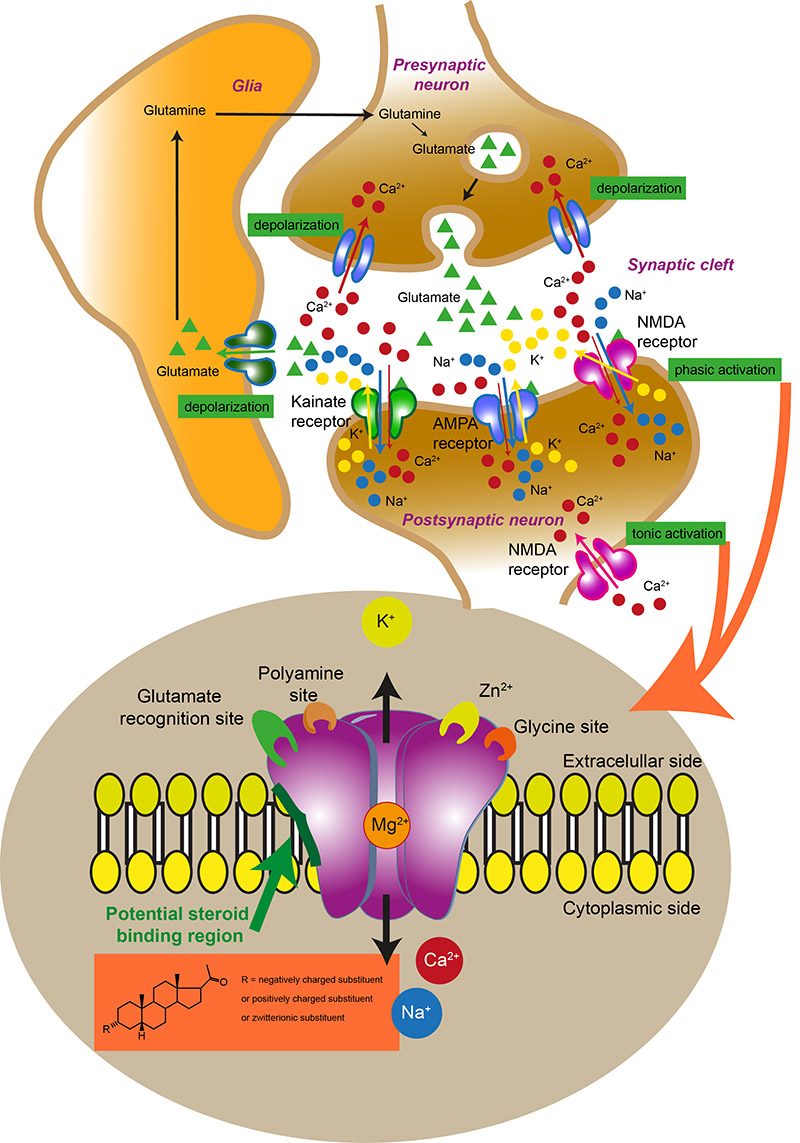About our group
Our research is dedicated to discovering and designing novel neuroactive compounds that protect the brain and improve neurological function. We focus on developing safer, more effective treatments for conditions such as epilepsy, neuropathic pain, ischemia, and neuropsychiatric disorders, while also exploring broader applications such as reducing neuroinflammation, boosting cognitive performance, and slowing neurodegeneration linked to aging and disease.
A central theme of our work is neurosteroids – natural steroid molecules the brain produces from cholesterol. Acting within seconds to minutes, they rapidly alter neuronal circuit activity by modulating key receptor systems, including glutamate, GABAA, glycine, and nicotinic acetylcholine receptors. These fast, targeted actions allow neurosteroids to influence fundamental brain processes such as learning, memory, mood regulation, pain perception, and stress resilience.
We combine organic chemistry, molecular pharmacology, and neuroscience to explore these precise mechanisms and turn our insights into next-generation treatments that improve the quality of life for people living with complex neurological and psychiatric conditions.
In collaboration with the Second Faculty of Medicine at Charles University, we also run a joint laboratory integrating organic synthesis, molecular biology, and advanced neurofunctional imaging to enable selective modulation and visualization of neural processes for future diagnostics and therapies.

Publications
All publications







